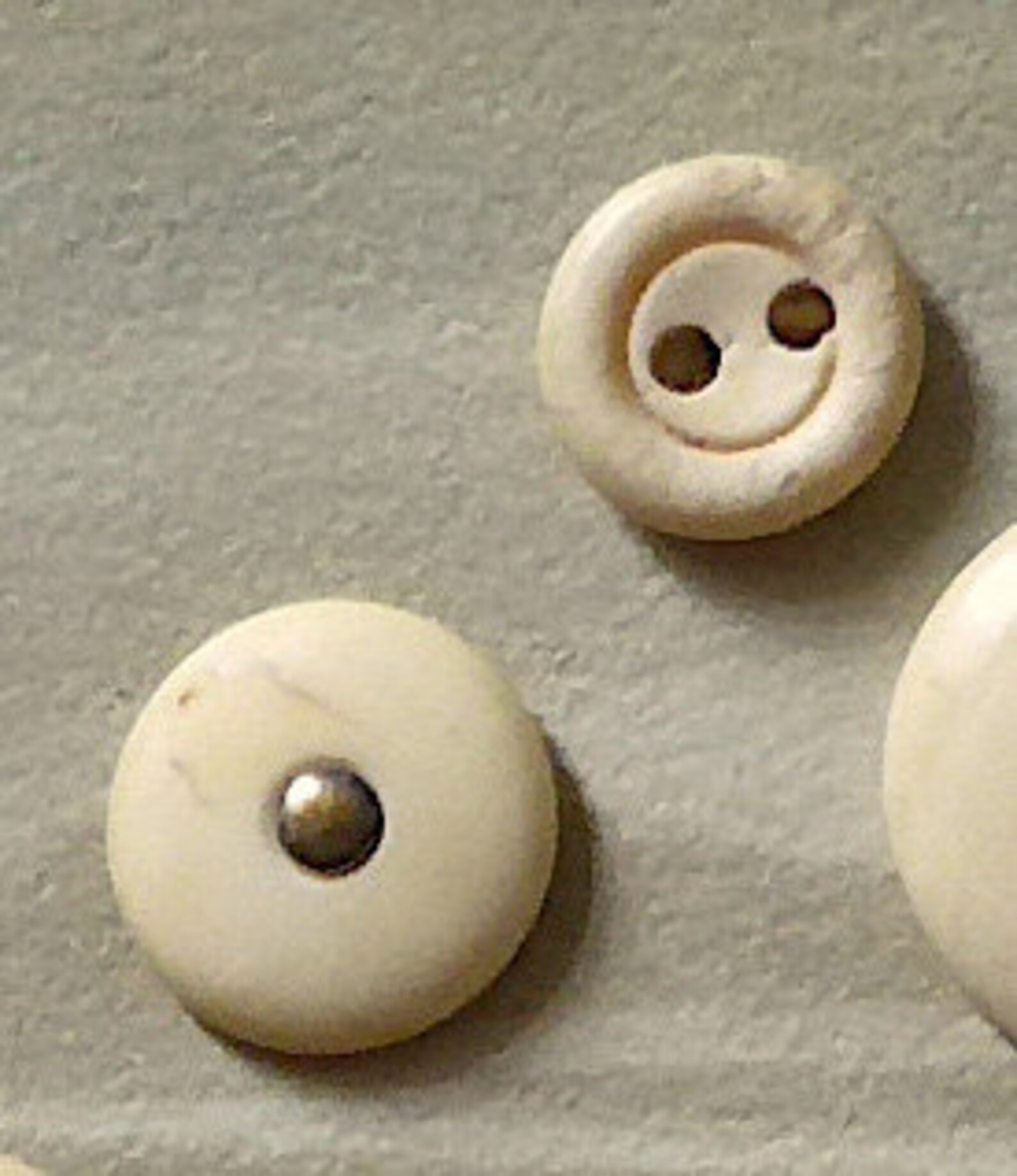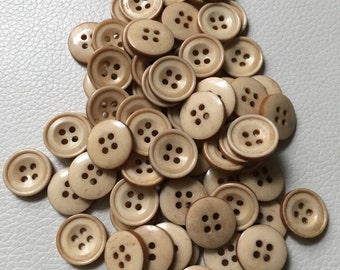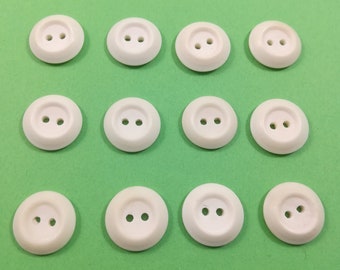

As authentication īuttons are sometimes used as access control for festivals, such as for the La Kermesse Franco-Americaine Festival in Biddeford, Maine. īuttons appeared as a means to close cuffs in the Byzantine Empire and to fasten the necks of Egyptian tunics by no later than the 5th century. A similar mechanism would later feature in early medieval footwear. Leatherwork from the Roman Empire incorporates some of the first buttonholes, with the legionary Loculus (satchel) closed through the insertion of a metallic buckle, or button into a leather slit. It is made of a curved shell and about 5000 years old." Įgypt’s Eighteenth Dynasty left behind ornate wig covers, fabricated through sewing buttons formed of precious metals onto strips of backing material. Ian McNeil (1990) holds that "the button was originally used more as an ornament than as a fastening, the earliest known being found at Mohenjo-daro in the Indus Valley. Some buttons were carved into geometric shapes and had holes pierced into them so that they could be attached to clothing with thread. 2000–1500 BC) and Ancient Rome.īuttons made from seashell were used in the Indus Valley Civilization for ornamental purposes by 2000 BC. 2800–2600 BC), at the Tomb of the Eagles, Scotland (2200-1800 BC), and at Bronze Age sites in China (c.

1650–1675īuttons and button-like objects used as ornaments or seals rather than fasteners have been discovered in the Indus Valley civilization during its Kot Diji phase (c. In archaeology, a button can be a significant artifact. In the applied arts and craft, a button can be an example of folk art, studio craft, or even a miniature work of art. Buttons may be sewn onto garments and similar items exclusively for purposes of ornamentation. Buttons can also be used on containers such as wallets and bags.

In modern clothing and fashion design, buttons are commonly made of plastic but also may be made of metal, wood, or seashell. Brass buttons from the uniform of a Danish World War I artillery lieutenant Modern buttons made from vegetable ivoryĪ button is a fastener that joins two pieces of fabric together by slipping through a loop or by sliding through a buttonhole. For other uses, see Button (disambiguation).


 0 kommentar(er)
0 kommentar(er)
